
We’ve been working hard to create the best UFO, Alien & Paranormal stories for several years now and we’re excited to share that we just recently launched our youtube channel. We’re releasing one new alien, ufo video each day. Make sure to head over to the UfoHolic youtube channel, subscribe and tap the bell in the top right for notifications to see new videos when they come out. Subscribe to our Ufo videos by clicking here.
With the help of 21st century radar scanning technology, a giant ritual monument dating from the time of Stonehenge has emerged from under the bank of a nearby stone-age settlement. It appears to have a lot of fresh answers for some burdening questions about the origins of the site and its exact purpose.
Archaeologists have long been intrigued about Durrington Walls – a roundish super-henge almost 5,000 years old. Because of its unusual shape – with one side straight and the rest of the structure curved, the role of this place has remained unknown. In 1810, Sir Richard Colt Hoare speculated that its shape has been damaged over time and what purpose it served remained a mystery.
In present days though, using ground-penetrating radar technology, archaeologists have discovered that the straight edge stands over a series of 90 immense stones which once stood 15 feet high, forming a C-shaped arena which probably served as a ritual procession path.
Professor Vince Gaffney of the University of Bradford states:
It’s utterly remarkable! It is definitely one of the largest stone monuments in Europe and is completely unique. We’ve never seen something like this in the world. We can’t tell what the stones are made of, but they are the same height as the sarsens in the Stonehenge circle, so they may be the same kind.
It was probably for a ritual of some sort, or it could have marked out an arena. These monuments were very theatrical. This is a design to impress and empower.”
Not only does the new evidence demonstrate a completely unexpected phase of monumental architecture at one of the greatest ceremonial sites in prehistoric Europe, the new stone row could well be contemporary with the famous Stonehenge sarsen circle or even earlier.
The site is located in a depression near Amesbury, Wiltshire, not far from the River Amon. With over 1,640 feet in diameter, the structure is considered one of the biggest existing henge monuments, and was built approximately 4,500 years ago, during the Neolithic or the New Stone Age.
Durrington Walls was built on the same summer solstice alignment as Stonehenge. Researchers suggest that the people who built Stonehenge inhabited Durrington at that point in time, preparing the ceremonial ground and attending special rituals. According to the new evidence uncovered, a wooden structure from the vicinity was thought to symbolize the land of the living, while Stonehenge symbolized the realm of the dead.
The Bradford team of archaeologists have started a collaboration with an international team of researchers in the hope of revealing the buried and hidden landscape of Stonehenge and mapping the entire area with the help of the latest laser technology.
Everything previously written about Stonehenge landscape and the ancient monuments within it will need to be re-written” , declared one of the team members.
These latest results have produced tantalizing evidence of what lies beneath the ancient earthworks at Durrington Walls. The presence of what appear to be stones, surrounding the site of one of the largest Neolithic settlements in Europe adds a whole new chapter to the Stonehenge story.”
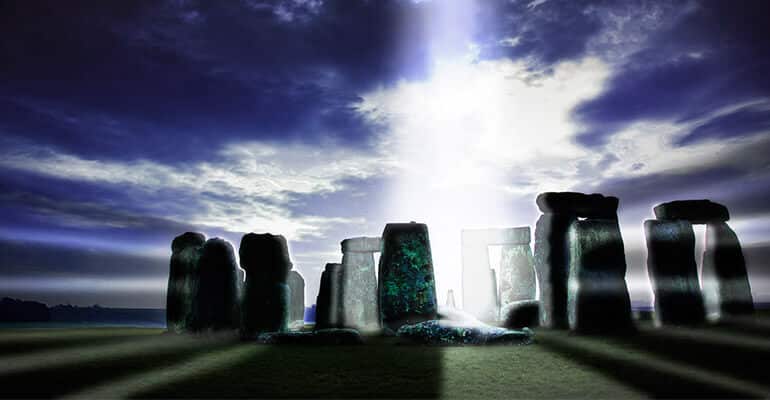
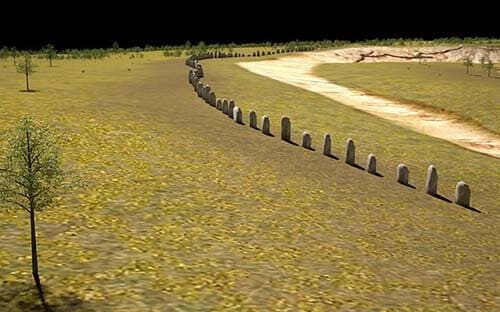
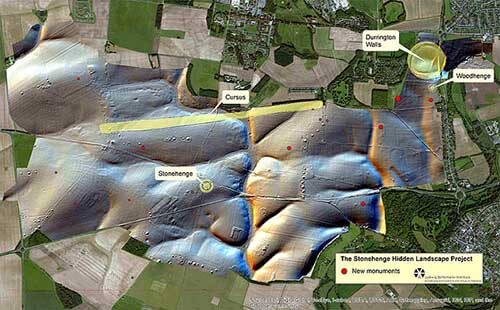
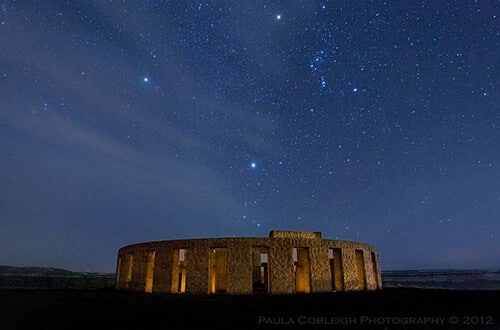


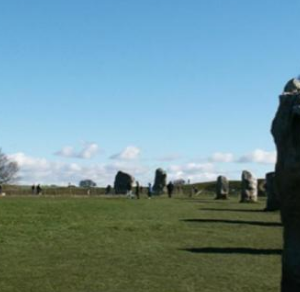






Trackbacks/Pingbacks